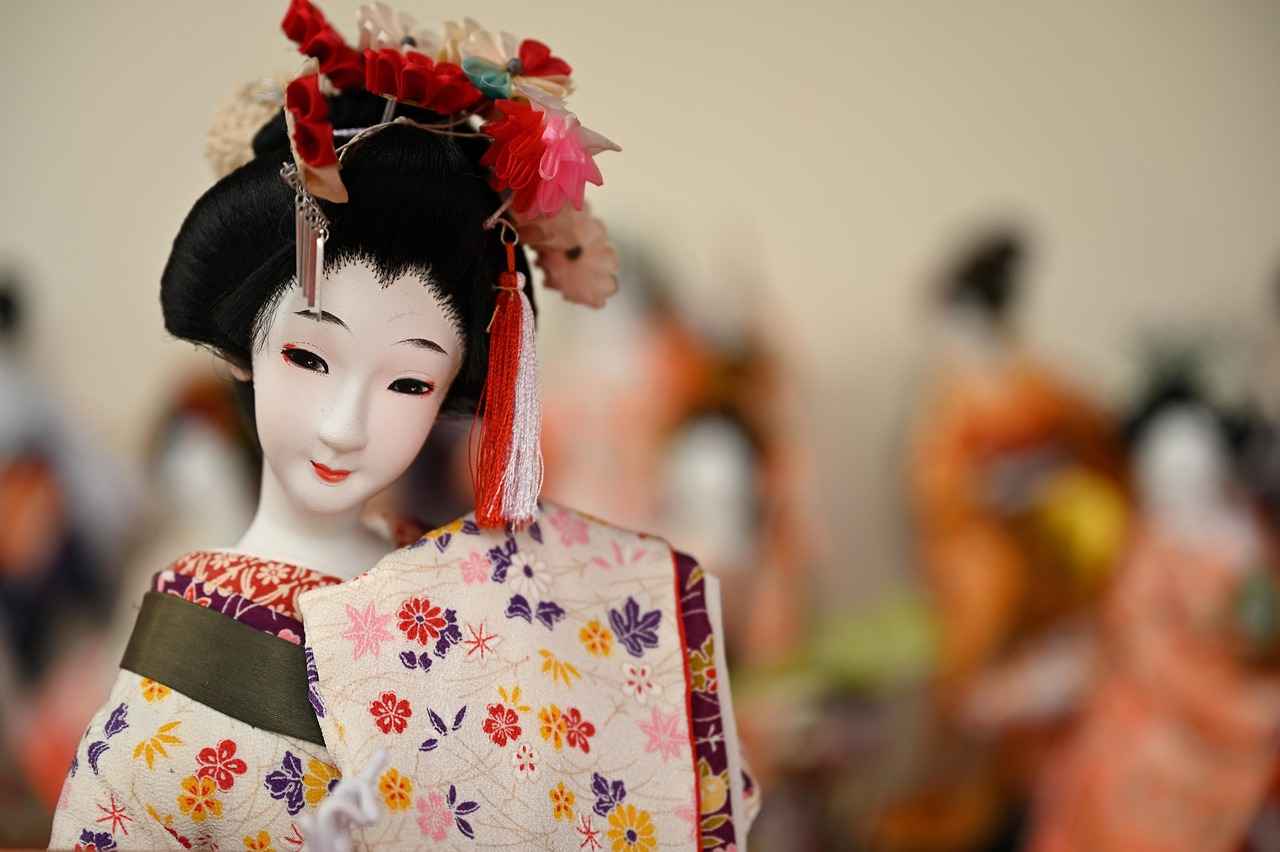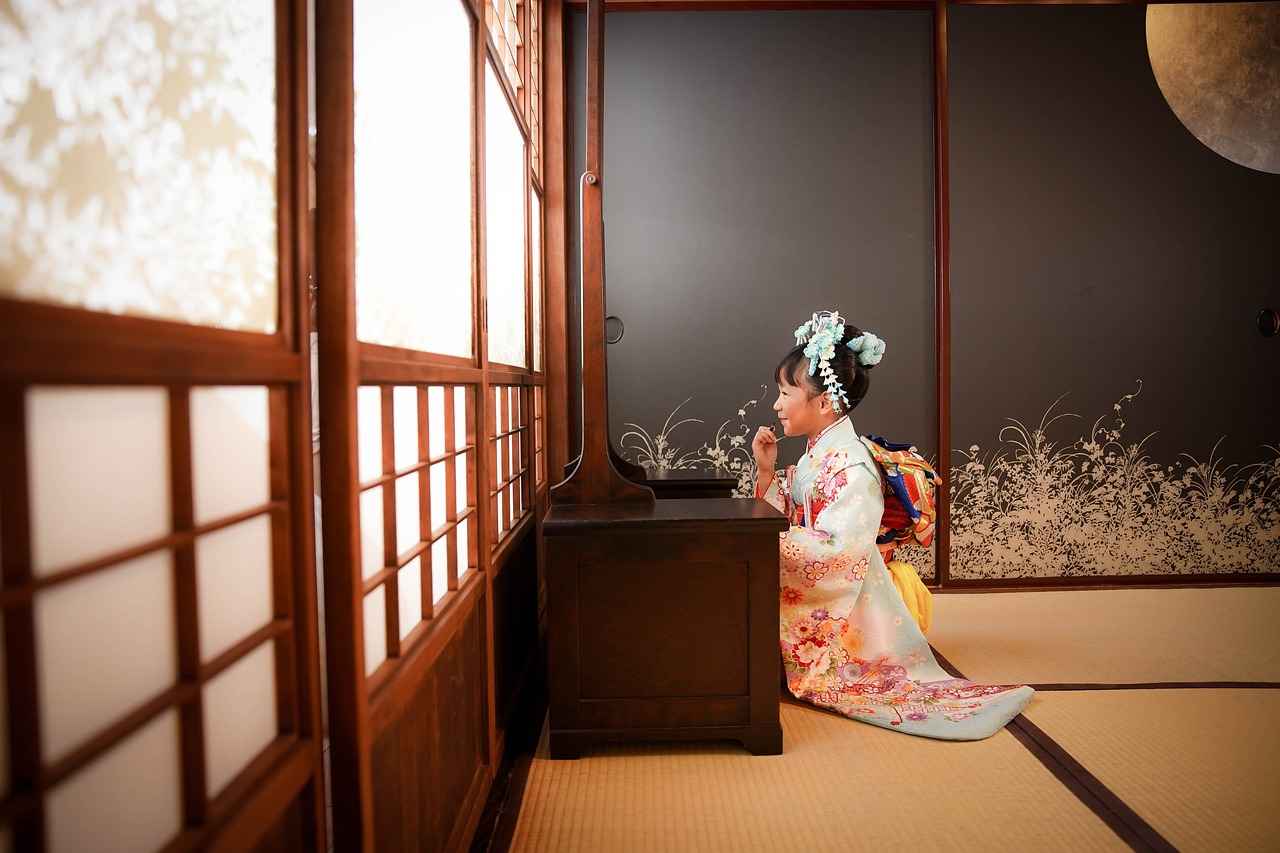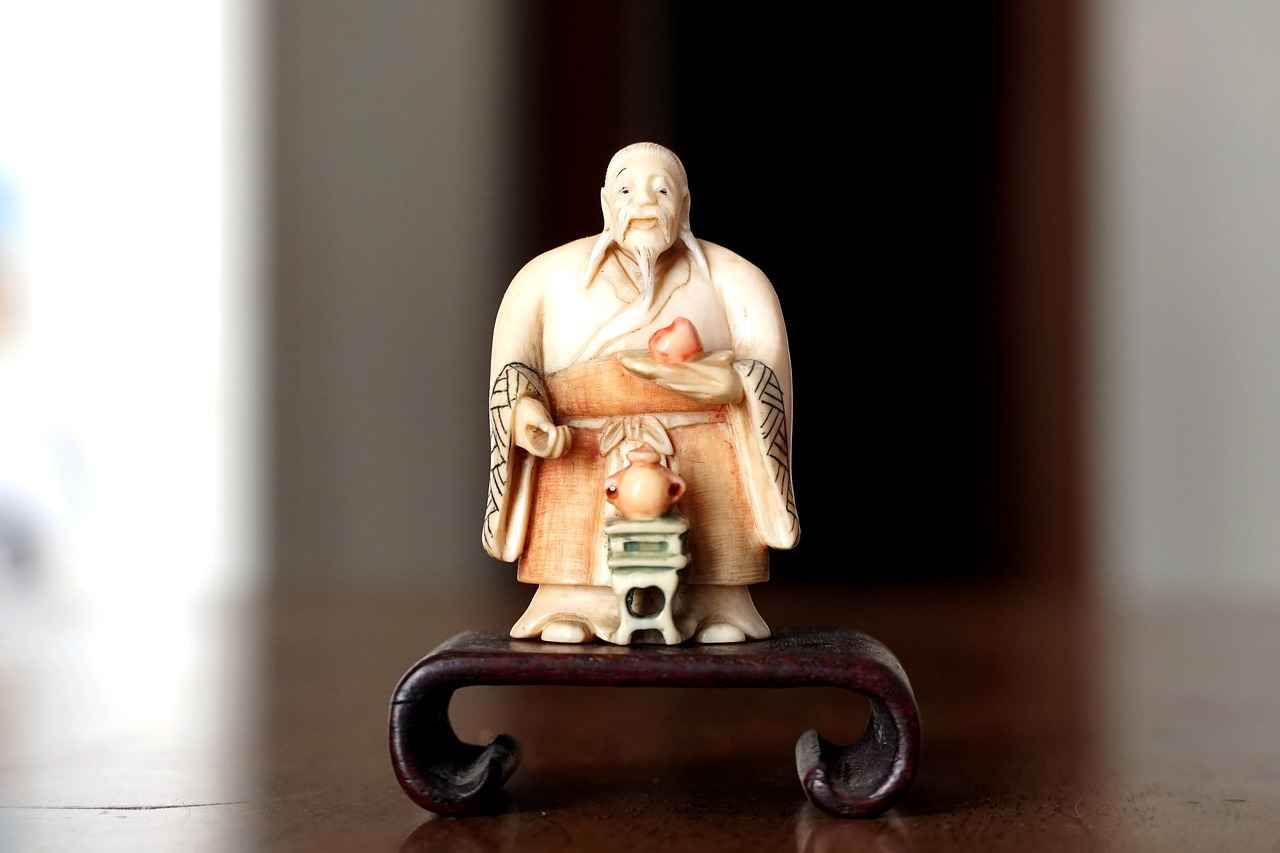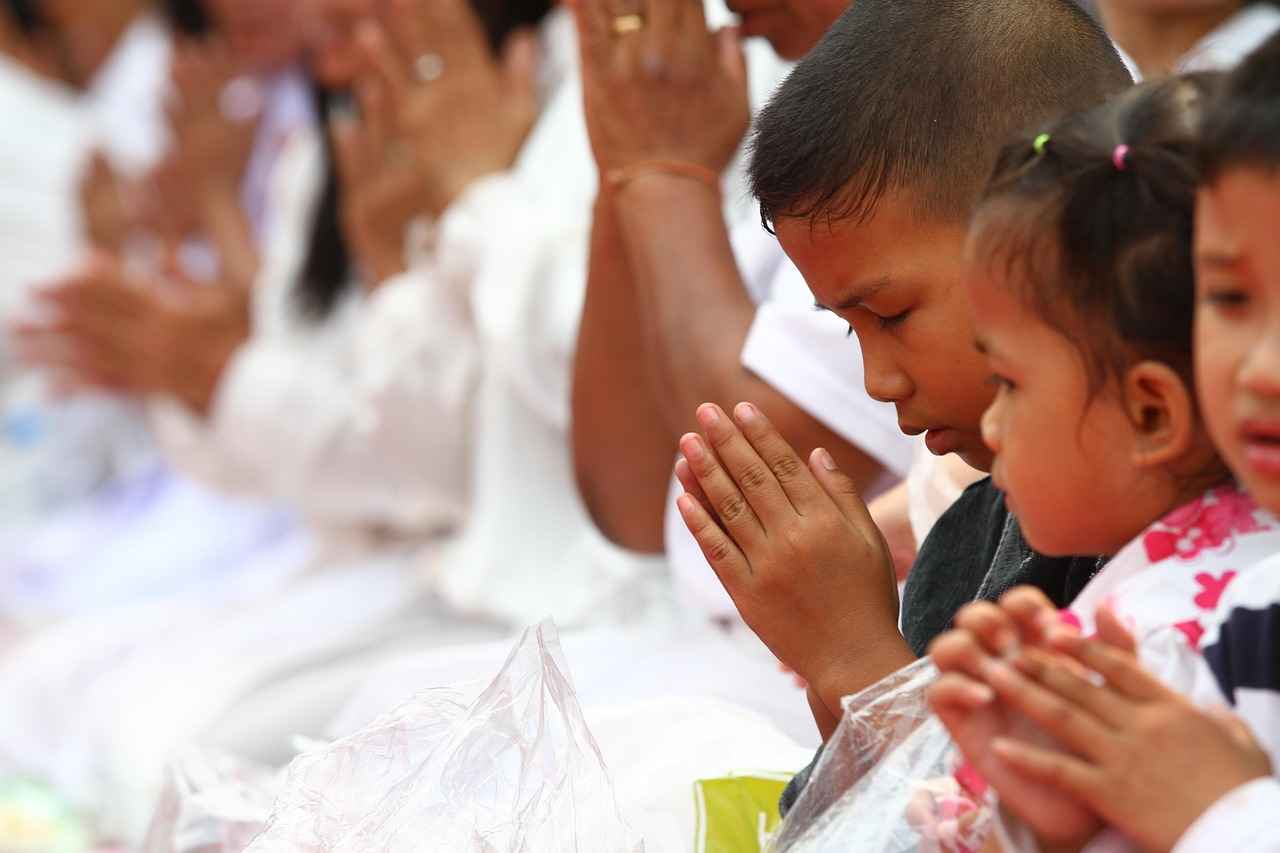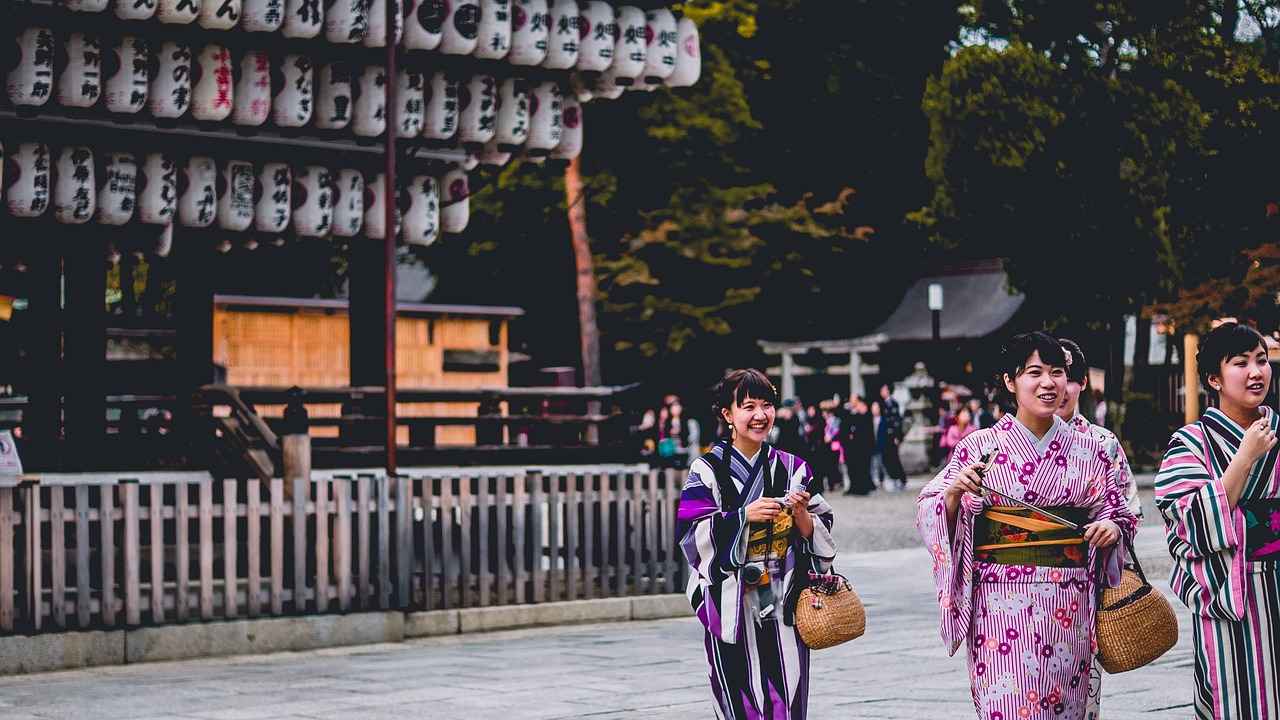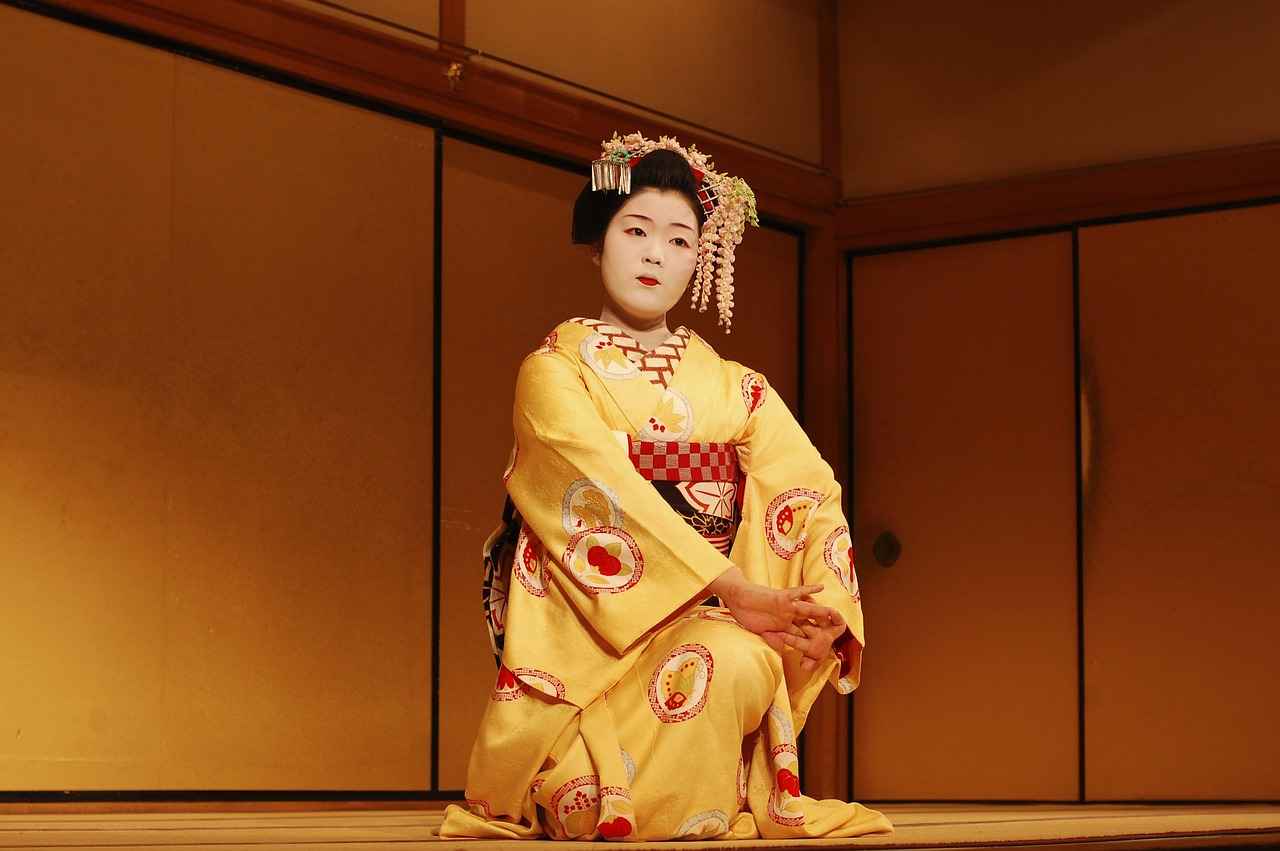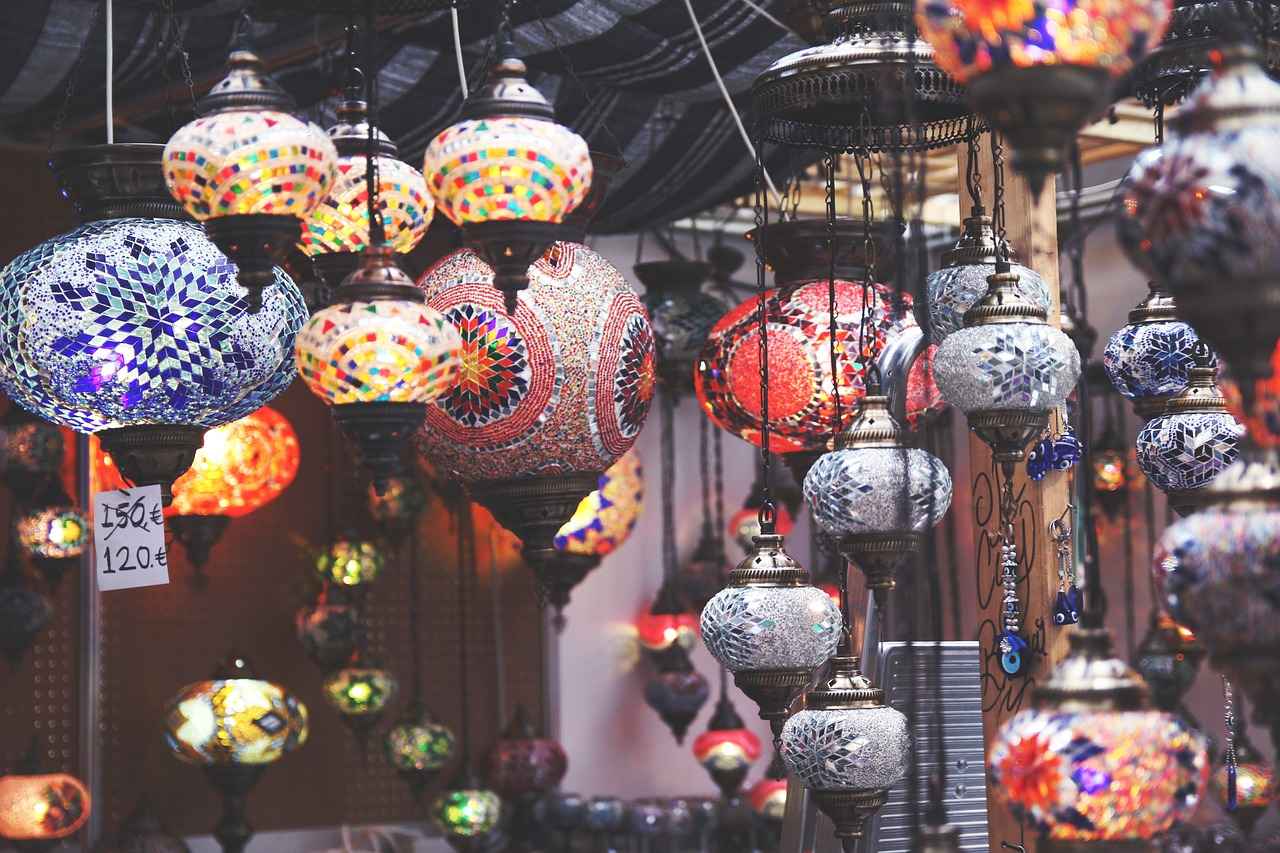This article explores the rich history and transformation of kimono fashion, highlighting its cultural significance, modern adaptations, and enduring appeal in contemporary society.
The Historical Significance of Kimono
The kimono, a traditional Japanese garment, has deep cultural roots that date back centuries. Understanding its origins provides insight into its significance in Japanese society. Initially worn by the aristocracy, the kimono has evolved to represent various social classes, with each style embodying unique cultural narratives.
Traditional Kimono Styles and Fabrics
Traditional kimonos are crafted from a variety of fabrics, such as silk, cotton, and wool, each serving distinct purposes and occasions. The diversity in styles, including Furisode for young women and Tomesode for married women, showcases the garment’s adaptability to different life stages.
The Role of Color in Kimono Fashion
- Symbolic Meanings: Colors in kimono fashion carry profound meanings. For example, red symbolizes happiness and good fortune, while blue represents calmness and tranquility.
- Seasonal Color Trends: Different seasons influence the color palette of kimonos, with specific hues representing spring blossoms or autumn leaves, connecting wearers to nature’s cycles.
Symbolism of Patterns
Patterns on kimonos often depict significant cultural symbols, such as cranes for longevity or cherry blossoms for beauty, enhancing the garment’s storytelling aspect. Each design is meticulously chosen to reflect personal and cultural significance.
Kimono Accessories and Styling
Accessories play a crucial role in kimono fashion, with items like obi (sashes) and obijime (decorative cords) complementing the garment’s elegance. These elements provide insight into the wearer’s personal style and cultural background.
The Transition to Modern Kimono Fashion
In recent years, kimono fashion has evolved, blending traditional elements with contemporary styles. This transition reflects changing societal norms and fashion trends, making kimono more accessible to younger generations.
Influence of Western Fashion
The incorporation of Western fashion elements into kimono styles has created innovative designs, appealing to a broader audience while maintaining the garment’s cultural essence. This fusion has led to a resurgence of interest in kimono among fashion enthusiasts worldwide.
Street Style and Kimono
The rise of street style has redefined how kimonos are worn, with younger generations adopting casual and eclectic interpretations, making the kimono accessible and trendy. This shift has encouraged a new appreciation for traditional garments in everyday fashion.
Global Impact of Kimono Fashion
Kimono fashion has transcended cultural boundaries, influencing global fashion trends and inspiring designers worldwide. Its universal appeal is evident in various fashion shows and collections that celebrate Japanese aesthetics.
Kimono in International Fashion Shows
International fashion shows often feature kimono-inspired designs, showcasing its versatility and the global appreciation for Japanese culture in contemporary fashion. This visibility helps to elevate the status of kimono on the international stage.
Social Media and Kimono Culture
Social media platforms have played a pivotal role in promoting kimono culture, allowing enthusiasts to share styling tips and celebrate the garment’s heritage in innovative ways. This digital community fosters a sense of belonging and pride among kimono lovers.
The Future of Kimono Fashion
As fashion continues to evolve, the future of kimono fashion looks promising. Ongoing adaptations honor tradition while embracing modernity, ensuring its relevance for generations to come. The kimono stands not only as a garment but as a symbol of cultural identity and artistic expression.
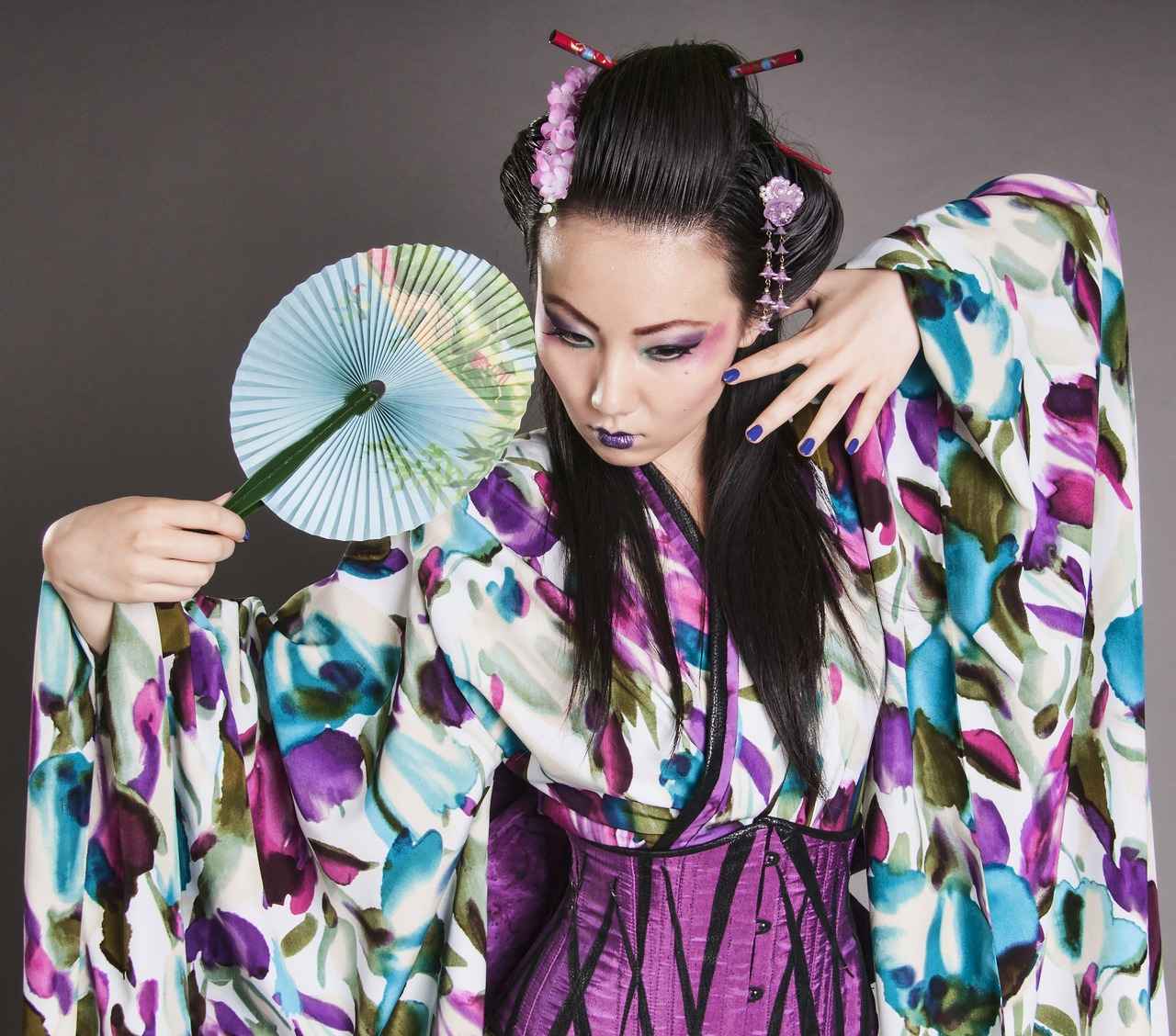
The Historical Significance of Kimono
The kimono, a traditional Japanese garment, is not just a piece of clothing; it embodies the rich cultural heritage of Japan, with its roots extending back over a thousand years. Initially worn by the aristocracy, the kimono has evolved through various historical periods, reflecting the aesthetic values and social norms of each era. Understanding the origins and significance of the kimono provides profound insights into its role in Japanese society.
Historically, the kimono was characterized by its simple design and practical use. However, as Japan transitioned through the Heian period (794-1185), the garment became more elaborate, adorned with intricate patterns and vibrant colors that signified the wearer’s status and occasion. The Edo period (1603-1868) marked a pivotal point in kimono fashion, where the garment became accessible to the middle class, leading to a flourishing of styles and fabrics.
| Period | Characteristics | Significance |
|---|---|---|
| Heian Period | Elaborate designs, layered garments | Symbol of aristocracy and cultural refinement |
| Edo Period | Diverse styles, accessible to the middle class | Reflection of social mobility and cultural identity |
The kimono is also deeply intertwined with Japanese customs and rituals. It is worn during significant life events such as weddings, coming-of-age ceremonies, and funerals, each occasion demanding specific styles and colors. This connection to important life moments enhances the kimono’s cultural significance, as it represents not only personal identity but also familial and societal ties.
In contemporary society, the kimono continues to hold a special place, serving as a bridge between Japan’s past and present. While modern adaptations have emerged, the traditional kimono remains a powerful symbol of cultural pride and heritage, reminding us of the enduring beauty of this iconic garment.
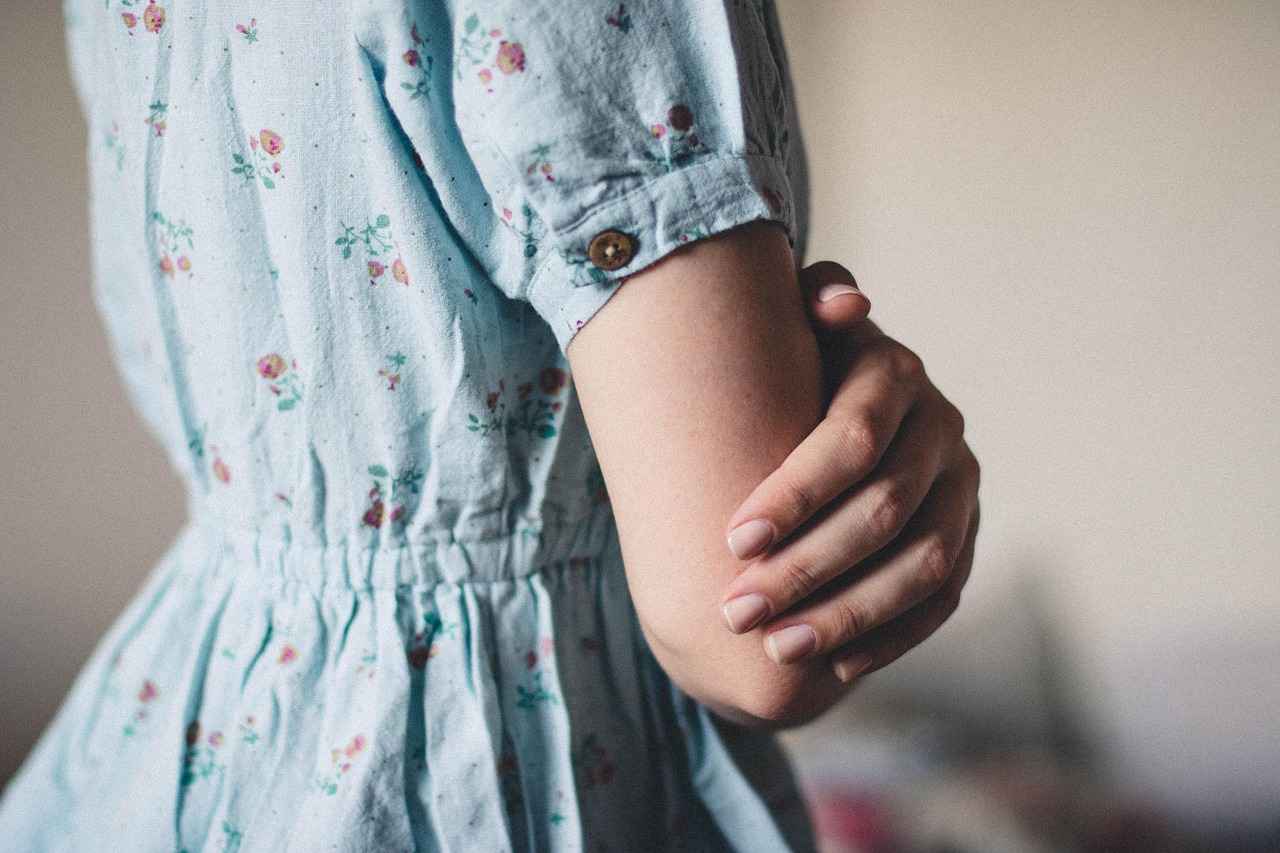
Traditional Kimono Styles and Fabrics
The traditional kimono is a stunning representation of Japanese culture, showcasing a variety of styles and fabrics that reflect the rich heritage and artistry of the nation. Each kimono is not just a piece of clothing; it embodies cultural significance and is often worn during special occasions, festivals, and ceremonies.
Traditionally, kimonos are crafted from a range of fabrics, including silk, cotton, and linen, each chosen for its unique properties and suitability for different seasons. Silk kimonos, often adorned with intricate patterns and vibrant colors, are typically reserved for formal events, while cotton kimonos are more casual and commonly worn during summer festivals.
Each style of kimono serves a specific purpose and carries its own meaning. For instance, the furisode, characterized by its long sleeves, is traditionally worn by young unmarried women, symbolizing youth and elegance. In contrast, the tomosode, with its shorter sleeves, is often worn by married women and signifies maturity and grace.
Moreover, the color palette and patterns of kimonos are deeply symbolic. Colors such as red represent happiness and good fortune, while blue is associated with calmness and serenity. Patterns often depict elements from nature, such as flowers, birds, and seasonal motifs, which connect the wearer to the changing seasons and the beauty of the natural world.
In summary, traditional kimono styles and fabrics are a testament to Japan’s rich cultural tapestry. Each garment tells a story, reflecting the wearer’s identity and the occasion it is worn for. As the world evolves, these traditional garments continue to adapt, maintaining their relevance and beauty in modern fashion.
The Role of Color in Kimono Fashion
is a fascinating aspect that goes beyond mere aesthetics. Each color in kimono fashion carries symbolic meanings and reflects various elements such as the wearer’s status, age, and the season. This rich tapestry of colors not only enhances the visual appeal of the kimono but also deepens the cultural narrative embedded within the garment.
Historically, the colors chosen for kimonos were influenced by several factors. For instance, young women often wore bright and vibrant colors, symbolizing youth and vitality, while older women typically opted for more subdued hues that reflected their maturity and wisdom. Additionally, the choice of colors can indicate the wearer’s social status, with certain shades reserved for specific occasions or ranks within society.
Moreover, the seasonal color trends play a significant role in kimono fashion. Each season brings its own palette, with spring often showcasing soft pinks and greens reminiscent of cherry blossoms, while autumn might feature deep reds and golds that echo the changing leaves. This connection to nature not only enriches the garment’s aesthetic but also reflects the Japanese cultural appreciation for the beauty of the natural world.
Furthermore, the symbolism of patterns in kimonos complements the significance of color. For example, motifs such as cranes symbolize longevity, while cherry blossoms represent beauty and the fleeting nature of life. When combined with specific colors, these patterns create a powerful narrative that resonates with the wearer and the observer alike.
In conclusion, the role of color in kimono fashion is a profound expression of cultural identity and personal significance. It serves as a visual language that communicates the wearer’s story, making each kimono not just a piece of clothing, but a rich cultural artifact that embodies tradition, beauty, and meaning.
Seasonal Color Trends
play a significant role in the world of kimonos, as they beautifully reflect the changing environment and the rich tapestry of Japanese culture. Each season brings its own unique palette, deeply connected to nature’s cycles and the emotions they evoke. This connection to the seasons not only enhances the aesthetic appeal of kimonos but also imbues them with profound cultural significance.
During spring, kimonos often feature soft pastels and vibrant colors that symbolize the blooming of flowers. Shades of pink, reminiscent of cherry blossoms, are particularly popular, embodying the spirit of renewal and beauty. The use of floral patterns during this time further emphasizes the connection to nature, inviting wearers to celebrate the season’s vitality.
As the year transitions into summer, kimonos embrace brighter, more vivid colors, such as blue and green, reflecting the lush landscapes and clear skies. These hues not only provide a refreshing look but also offer comfort in the warm weather. Traditional motifs, like waves or bamboo, are often incorporated to enhance the summer theme, connecting the wearer to the season’s essence.
When autumn arrives, kimonos shift to warmer tones, including deep reds, oranges, and browns, mirroring the changing leaves. These colors evoke feelings of nostalgia and warmth, making them perfect for festivals and family gatherings. Patterns depicting autumn leaves or harvest themes are commonly used, reinforcing the bond between the garment and the season.
Winter brings a more subdued color palette, often featuring grays, whites, and dark blues. These colors reflect the serene beauty of a snow-covered landscape. Kimonos worn during this season may include intricate designs of snowflakes or winter scenes, celebrating the quiet elegance of winter.
In conclusion, the of kimonos not only enhance their visual appeal but also serve as a reminder of the deep connection between nature and culture. Each hue and pattern tells a story, allowing wearers to express their appreciation for the changing seasons while honoring a rich cultural heritage.
Symbolism of Patterns
The intricate patterns found on kimonos serve as a window into Japan’s rich cultural heritage, each design imbued with deep meaning and significance. These motifs are not merely decorative; they tell stories that connect the wearer to nature, history, and tradition.
For instance, the crane, often featured in kimono designs, symbolizes longevity and good fortune. This majestic bird is revered in Japanese culture, representing the hope for a long and prosperous life. Similarly, the cherry blossom, or sakura, is a celebrated motif that embodies beauty and the transient nature of life, reminding wearers to cherish fleeting moments.
Other common patterns include:
- Waves: Symbolizing the flow of life and the power of nature.
- Mountains: Representing stability and strength, often depicted in serene landscapes.
- Flowers: Each flower carries its own meaning, such as the peony for prosperity or the lotus for purity.
- Geometric designs: Often signify harmony and balance, reflecting the principles of Japanese aesthetics.
As kimonos evolve with modern fashion trends, these traditional patterns continue to be reinterpreted, allowing new generations to connect with their cultural roots while embracing contemporary styles. The enduring appeal of these symbols lies in their ability to convey profound messages about nature, life, and personal aspirations.
In conclusion, the symbolism of patterns in kimono fashion not only enhances the garment’s aesthetic appeal but also reinforces its role as a cultural artifact. Each piece serves as a canvas, telling stories that transcend time and resonate with the values of Japanese society.
Kimono Accessories and Styling
play a vital role in enhancing the overall aesthetic of this traditional Japanese garment. These accessories not only complement the kimono’s elegance but also provide a glimpse into the wearer’s personal style and cultural background. Understanding the various components of kimono styling can greatly enrich one’s appreciation for this iconic fashion.
- Obi: The obi is a wide belt that is essential to kimono attire. It is often elaborately designed and can vary in color and fabric, reflecting the wearer’s taste and the occasion.
- Obijime: This is a decorative cord that secures the obi in place. It adds an extra layer of detail and can be found in various materials, including silk and cotton.
- Obiage: A piece of fabric tucked under the obi, the obiage adds a pop of color and can be coordinated with other accessories for a harmonious look.
- Obiita: This stiffened piece is placed under the obi to maintain its shape and structure, ensuring a polished appearance.
- Haneri: A detachable collar that can add color and style to the kimono, the haneri allows for personalization and can be easily changed.
- Geta or Zori: Traditional footwear such as geta (wooden sandals) or zori (flat sandals) are often worn with kimonos. The choice of footwear can influence the overall look and feel of the outfit.
The careful selection and combination of these accessories can transform a simple kimono into a stunning ensemble that tells a story. For instance, a vibrant obi paired with a subtle kimono can create a striking contrast, while intricate patterns on the obi can reflect the wearer’s personality and cultural connections.
Moreover, accessories also serve practical purposes, such as helping to secure the kimono and ensuring it stays in place throughout the day. This blend of functionality and style is a hallmark of kimono fashion, showcasing the thoughtful design that has evolved over centuries.
In conclusion, the world of kimono accessories is rich and diverse, offering endless possibilities for expression and creativity. Whether for a formal event or a casual outing, the right accessories can elevate a kimono, making it a true reflection of the wearer’s identity and heritage.
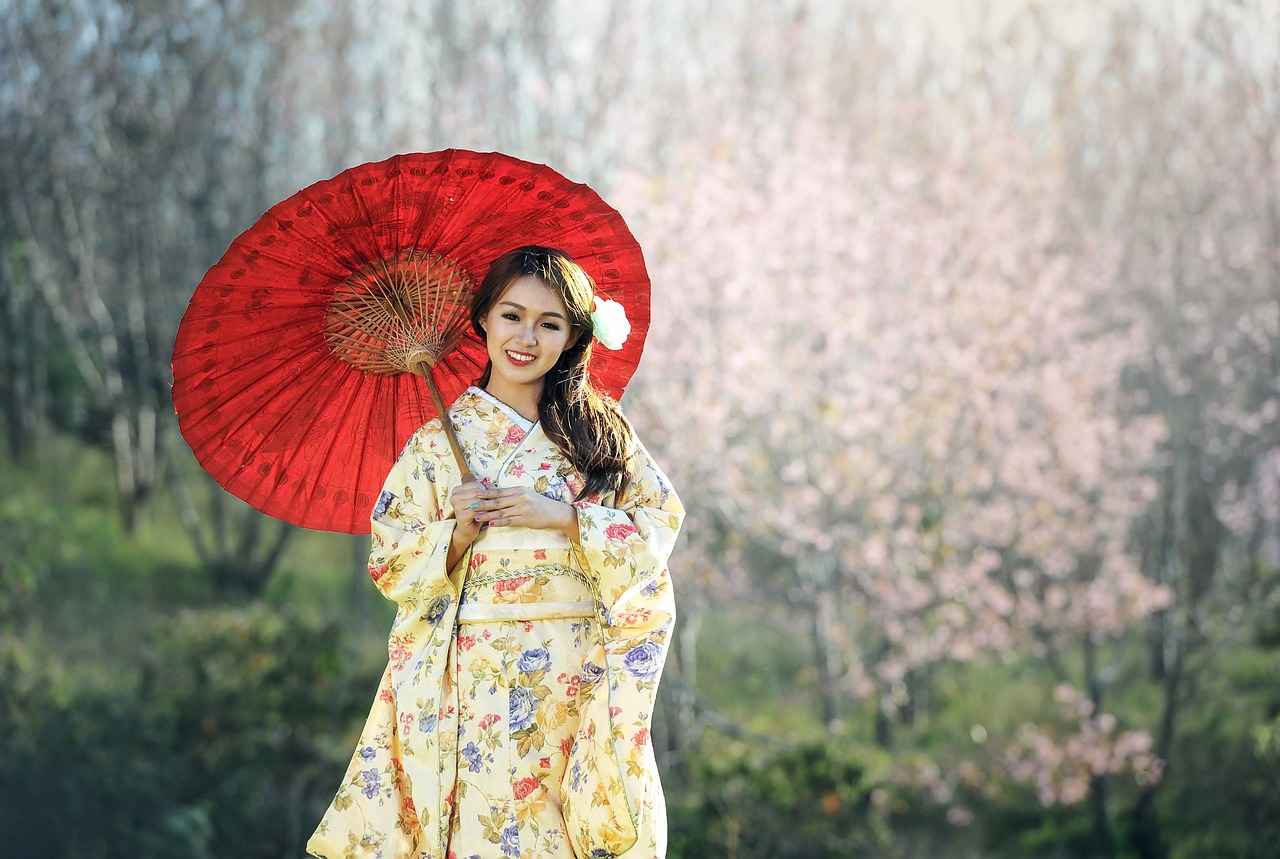
The Transition to Modern Kimono Fashion
In recent years, the kimono has undergone a remarkable transformation, evolving from a strictly traditional garment to a versatile piece of modern fashion. This shift not only reflects the changing tastes of society but also highlights the adaptability of this iconic attire.
Historically, the kimono has been a symbol of Japanese culture, rich in meaning and significance. However, as global fashion trends emerge, designers have begun to incorporate contemporary elements into kimono styles. This fusion has led to the creation of innovative designs that appeal to a broader audience while still honoring the garment’s cultural roots.
One notable aspect of this transition is the influence of Western fashion. Designers are now blending traditional kimono features with modern silhouettes, fabrics, and accessories. This has resulted in a fresh take on the kimono, making it suitable for various occasions, from casual outings to formal events.
Street style has also played a significant role in redefining how kimonos are worn. Younger generations are embracing the kimono in casual settings, often pairing it with jeans or other contemporary pieces. This eclectic mix has made the kimono more accessible and trendy, encouraging a new appreciation for its beauty and versatility.
Moreover, the rise of social media has facilitated the sharing of kimono culture and styles. Platforms like Instagram and TikTok allow users to showcase their unique interpretations of the kimono, fostering a community of enthusiasts who celebrate this traditional garment in modern contexts.
As we look to the future, the evolution of kimono fashion seems promising. With ongoing adaptations that respect tradition while embracing innovation, the kimono is poised to remain a beloved and relevant part of both Japanese culture and the global fashion landscape.
Influence of Western Fashion
The Influence of Western Fashion on Kimono Styles
The integration of Western fashion elements into traditional kimono designs has sparked a revolutionary transformation in the way this iconic garment is perceived and worn. This fusion not only attracts a broader audience but also revitalizes the cultural essence of the kimono, allowing it to thrive in a modern fashion landscape.
Historically, the kimono has been a symbol of Japanese culture, steeped in tradition and significance. However, as global fashion trends evolve, designers are increasingly drawing inspiration from Western styles. This cross-cultural exchange has led to innovative designs that blend traditional kimono aesthetics with contemporary silhouettes, fabrics, and patterns.
For instance, the incorporation of tailored cuts and casual fabrics has made kimonos more accessible and versatile. Young fashion enthusiasts are now seen wearing kimonos with jeans, t-shirts, and even sneakers, creating a fresh and eclectic look that appeals to a diverse audience. This shift not only maintains the garment’s cultural integrity but also enhances its relevance in today’s fashion world.
Furthermore, the use of bold colors and graphic prints, often influenced by Western trends, has revitalized the kimono’s visual appeal. Designers are experimenting with asymmetrical designs and layering techniques, pushing the boundaries of traditional kimono fashion. These innovations allow wearers to express their individuality while honoring the rich history of the garment.
In conclusion, the influence of Western fashion on kimono styles signifies a dynamic evolution that respects tradition while embracing modernity. This ongoing transformation ensures that the kimono remains a beloved and relevant piece of clothing, bridging cultural gaps and appealing to fashion enthusiasts around the world.
Street Style and Kimono
The evolution of street style has significantly transformed the way kimonos are perceived and worn in modern fashion. Traditionally, kimonos were associated with formal occasions and cultural rituals, but today, they have become a canvas for self-expression among younger generations.
As urban fashion continues to evolve, the kimono has been embraced in casual settings, allowing for a fusion of traditional Japanese aesthetics with contemporary streetwear. This shift represents a broader trend where cultural garments are reimagined, making them more accessible and relatable to a global audience.
Eclectic Interpretations of Kimono
- Layering: Young fashion enthusiasts often layer kimonos over jeans, t-shirts, or even dresses, creating a unique blend that showcases personal style.
- Bold Prints: Modern kimonos frequently feature vibrant colors and bold patterns, moving away from the subtlety of traditional designs.
- Casual Fabrics: The use of lighter, more breathable materials has made kimonos suitable for everyday wear, enhancing comfort without sacrificing style.
This democratization of fashion has allowed kimonos to transcend their traditional boundaries, appealing to a diverse range of wearers. Social media platforms have played a crucial role in this transformation, with influencers showcasing their unique takes on kimono styling, further popularizing this garment among youth culture.
Moreover, the blending of different cultural elements in street style has led to a rich tapestry of fashion where kimonos are not just garments, but statements of individuality. As this trend continues to grow, it is evident that the kimono is no longer confined to its historical roots but has become a dynamic symbol of modern fashion.
In conclusion, the rise of street style has redefined kimonos, making them trendy and accessible for younger generations. This shift not only celebrates the garment’s rich heritage but also embraces the creativity and diversity of contemporary fashion.
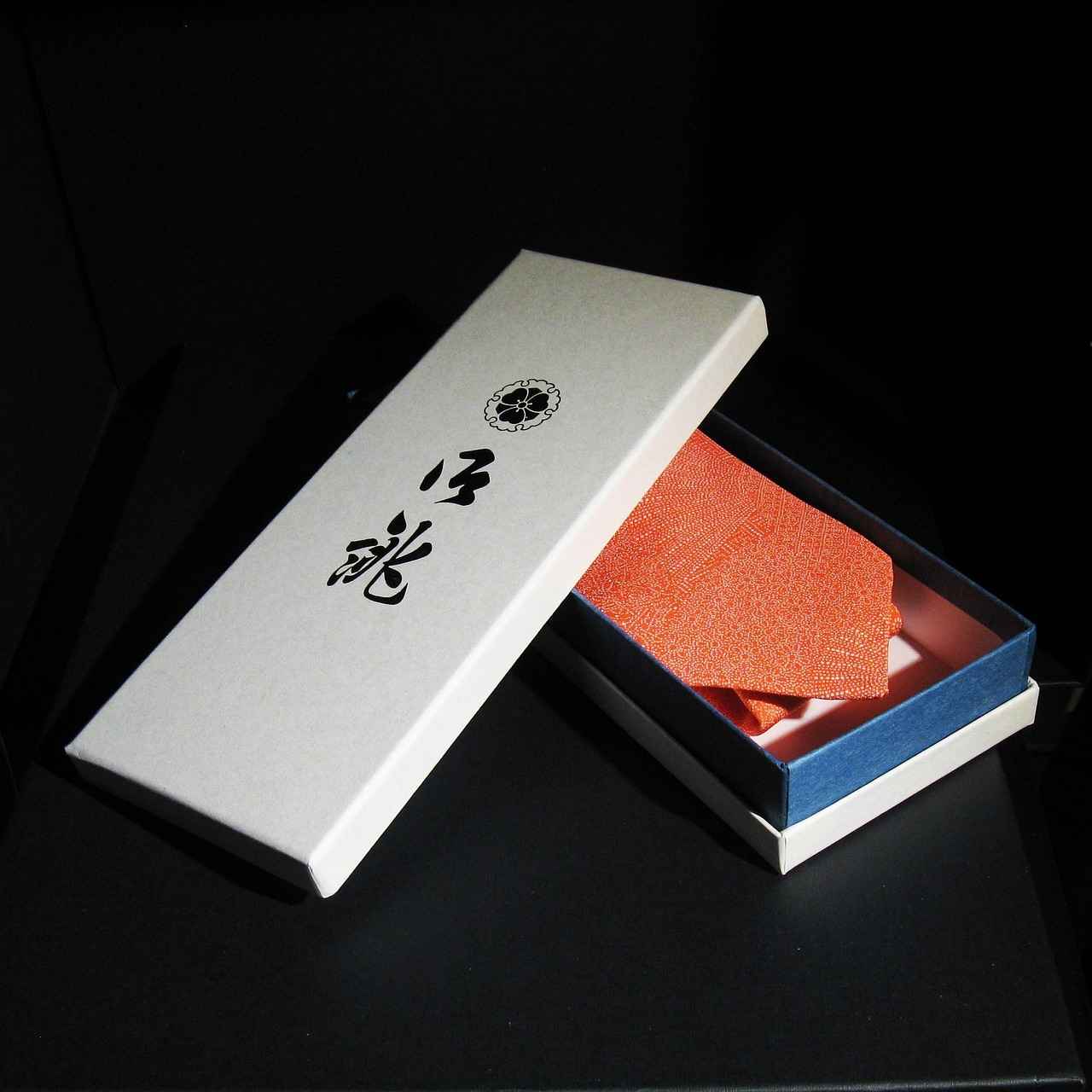
Global Impact of Kimono Fashion
The kimono, a traditional Japanese garment, has evolved beyond its cultural roots to become a significant influence in the global fashion landscape. This article delves into how kimono fashion has transcended its origins, inspiring designers and fashion enthusiasts worldwide.
Historically, the kimono has been a symbol of Japanese culture, rich in meaning and artistry. Today, it serves as a canvas for contemporary designers who blend traditional aesthetics with modern trends. This fusion has led to a resurgence of interest in kimono-inspired fashion across the globe.
| Influence Areas | Description |
|---|---|
| Fashion Shows | International fashion shows frequently feature kimono-inspired collections, showcasing the garment’s versatility and appeal. |
| Street Style | Younger generations are incorporating kimonos into their street style, creating a more casual and accessible interpretation. |
| Social Media | Platforms like Instagram and TikTok have become vital in promoting kimono culture, allowing users to share styling ideas and celebrate this traditional garment. |
The symbolism embedded in kimono designs continues to resonate with people around the world. Patterns and colors reflect cultural narratives that many find appealing, adding depth to the garment’s aesthetic. For instance, motifs like cherry blossoms and cranes not only beautify the kimono but also tell stories of nature and longevity.
Furthermore, the adaptation of kimono elements into everyday wear has opened new avenues for expression. Designers are experimenting with fabrics and cuts, making kimonos suitable for various occasions, from casual outings to formal events.
In conclusion, the global impact of kimono fashion is a testament to its universal appeal. As it continues to inspire and evolve, the kimono remains a beloved garment that bridges cultures and generations, ensuring its place in the ever-changing world of fashion.
Kimono in International Fashion Shows
have become a significant trend, showcasing the garment’s remarkable versatility and the widespread appreciation for Japanese aesthetics in contemporary fashion. The kimono, traditionally a symbol of Japanese culture, has transcended its historical roots to become a global fashion statement.
In recent years, numerous international fashion shows have featured kimono-inspired designs, allowing designers to experiment with its unique silhouette and intricate patterns. This fusion of traditional and modern elements has led to innovative creations that appeal to a diverse audience. Designers often incorporate vibrant colors and contemporary materials, which not only honor the kimono’s heritage but also make it relevant in today’s fashion landscape.
The global impact of kimono fashion is evident in how it influences various fashion trends worldwide. Renowned designers have drawn inspiration from the kimono’s elegant lines and rich symbolism, adapting these features into their collections. This trend highlights the kimono’s adaptability, proving that it can seamlessly fit into various styles, from haute couture to streetwear.
| Fashion Show | Designer | Kimono Elements |
|---|---|---|
| Paris Fashion Week | Yohji Yamamoto | Layered fabrics, bold prints |
| New York Fashion Week | Roksanda Ilincic | Modern cuts, vibrant colors |
| Milan Fashion Week | Gucci | Eclectic patterns, luxurious materials |
The rising popularity of social media further amplifies the kimono’s presence in the fashion world. Influencers and fashion enthusiasts share their unique interpretations of kimono styles, creating a vibrant online community. This not only promotes the garment’s cultural significance but also encourages a new generation to embrace and adapt traditional attire in their everyday wardrobes.
In conclusion, the integration of kimono-inspired designs into international fashion shows signifies a broader acceptance and celebration of cultural diversity in fashion. As designers continue to innovate while respecting the kimono’s rich heritage, this iconic garment will undoubtedly maintain its relevance and charm in the ever-evolving world of fashion.
Social Media and Kimono Culture
In today’s digital age, social media platforms have emerged as powerful tools for the promotion and preservation of kimono culture. These platforms enable enthusiasts and practitioners to connect, share, and innovate in ways that were previously unimaginable. From Instagram to TikTok, the visual nature of these platforms allows users to showcase their unique styles, share styling tips, and celebrate the rich heritage of the kimono.
- Community Building: Social media has fostered a vibrant community of kimono lovers who share their passion and knowledge. Users can join groups or follow hashtags dedicated to kimono fashion, creating a sense of belonging and shared interest.
- Education and Awareness: Through engaging content such as videos, tutorials, and articles, social media helps educate a wider audience about the history and significance of kimonos. This increased awareness contributes to a deeper appreciation of the garment’s cultural roots.
- Innovative Styling: Enthusiasts are now experimenting with traditional kimonos, blending them with modern fashion elements. This fusion is often showcased through creative posts, inspiring others to rethink how kimonos can be worn in contemporary settings.
- Global Reach: Social media transcends geographical boundaries, allowing kimono culture to reach a global audience. Users from different countries share their interpretations of kimono fashion, further enriching the cultural dialogue.
The impact of social media on kimono culture is undeniable. It not only promotes the garment but also ensures that the traditions surrounding it are kept alive in a modern context. As more individuals engage with and celebrate kimono fashion online, the future looks bright for this iconic garment.

The Future of Kimono Fashion
As we look ahead, the future of kimono fashion holds great promise, blending the rich heritage of this traditional garment with contemporary influences. The evolution of kimono styles showcases a remarkable journey that respects the past while embracing modern aesthetics. This ongoing adaptation ensures that kimonos remain relevant and cherished by future generations.
One significant aspect of this evolution is the integration of modern design elements. Designers are increasingly experimenting with fabrics, cuts, and patterns, creating pieces that appeal to a younger audience. This shift not only revitalizes the kimono but also introduces it to a global market, where it can be appreciated as both a fashion statement and a cultural artifact.
Moreover, the influence of technology cannot be overlooked. Digital platforms allow for greater visibility of kimono fashion, enabling designers to reach a wider audience. Social media has become a powerful tool for sharing styling tips and showcasing innovative ways to wear kimonos, from casual street style to sophisticated evening wear.
Additionally, the sustainability movement is shaping the future of kimono fashion. As consumers become more environmentally conscious, there is a growing demand for sustainable practices in fashion. Many brands are now focusing on eco-friendly materials and ethical production methods, ensuring that the beauty of kimonos is preserved without compromising the planet.
In conclusion, the future of kimono fashion is bright, characterized by a harmonious blend of tradition and modernity. As it continues to evolve, the kimono will undoubtedly maintain its cultural significance while adapting to the changing tastes and values of society. This balance of heritage and innovation will ensure that the kimono remains a beloved garment for generations to come.
Frequently Asked Questions
- What is the significance of the kimono in Japanese culture?
The kimono is more than just clothing; it embodies the rich history and traditions of Japan. It reflects social status, age, and even the season, making it a powerful symbol of cultural identity.
- How have modern trends influenced kimono fashion?
Modern trends have blended traditional kimono styles with contemporary fashion elements. This fusion allows younger generations to express their individuality while still honoring the garment’s cultural roots.
- What role do colors and patterns play in kimono fashion?
Colors and patterns in kimono fashion are deeply symbolic. For instance, certain colors represent specific seasons, while patterns can signify longevity or beauty, adding layers of meaning to each garment.
- Can I wear a kimono casually?
Absolutely! The rise of street style has made it trendy to wear kimonos in casual settings. You can mix and match them with modern outfits to create a unique look.
- How is kimono fashion perceived globally?
Kimono fashion has transcended cultural boundaries and is celebrated worldwide. International fashion shows often showcase kimono-inspired designs, highlighting its universal appeal and versatility.





